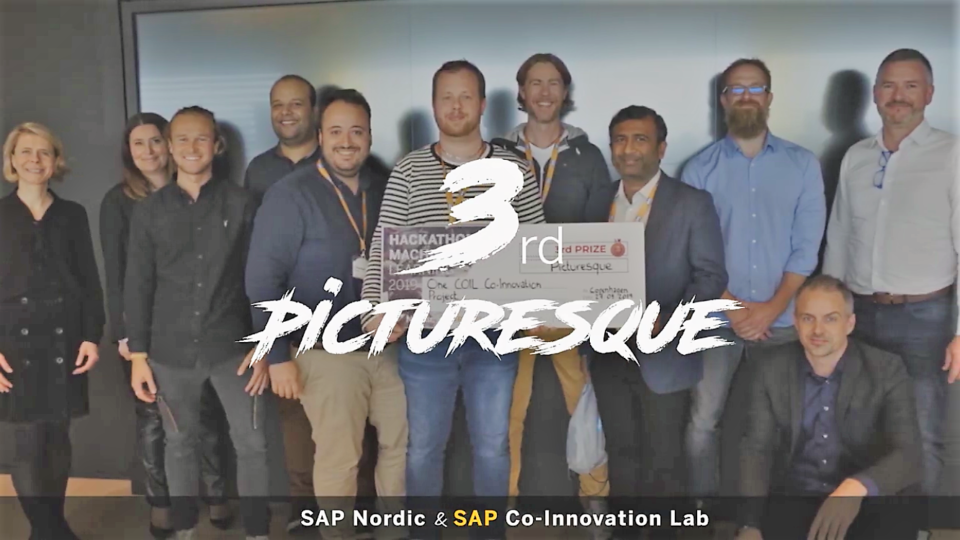Cloud IT – An agenda that the business needs to own and drive
At Stretch we see two major trends that have accelerated during the past few years. One – more and more companies including large, medium and small are moving their IT onto the cloud. Two – the more IT moves onto the cloud the more visible resistance to change becomes.
The areas that have been most susceptible to being moved to the cloud are those processes and functions that are highly standardized. They are, in no particular order, strategic and operational procurement, marketing, CRM, content management, mail, integration, finance, HR….. The list is long and to be honest it is getting longer. Indeed, any process or function that is not unique to your business can and most likely will be moved to the cloud sooner rather than later. Why? This is due in large to cost savings. Your competition is global and if your cost base is higher than it could otherwise be it is eating into your profits, your enterprise value and therefore your business because your competition (if your product is not unique) will be able to beat you on price.
Companies that are moving their IT onto the cloud are enticed by the payment tied to consumption model and over time by the lower costs. Nevertheless, not all cloud projects are successful and this is due largely to a mismatch in both business expectations as well as failed change management programs. The technology itself is stable, predictable and easier to maintain but the people element (expectations and behavior) need to be managed. Previously, business could go to IT to get the solution built “straight away”. The advantage for business was that they did not always have to be good at specifying their demands because IT “understood”. The disadvantage was that development was often bound to an individual and therefore, over time, difficult to maintain and in areas that could be regarded as standard this was not optimal. Knowledge transfer is at best cumbersome and in some cases never happens, i.e. people work beyond retirement age.
The great business IT divide often collapses with the advent of cloud based solutions. It becomes less of an issue of business explaining what they want and IT developing what they think that the business wants and more a case of what you see is what you get. Therefore, from an expectations point of view it is critical to understand the solution and business benefits that it brings and that this is a development managed by someone else. It is in many ways how the car industry worked before Henry Ford streamlined production and introduced a black model T. Thankfully, we have a wider selection of car models and manufacturers today but the major components such as airbags, steering wheel, seat belts, tyres, fuel-injection systems and so forth are standardized. It is how you put these components together and add new finesses that create the difference. In the same way, it is not standard IT that differentiates companies from its competitors. Therefore, why doesn’t an IT department embrace the cloud given that it rationalizes much of their work? Hmmm – next question.
So the big question is then how to handle the change element? Well – it is not going to be solved through consensus from within the IT department because they have little incentive to drive the change agenda. Getting people to agree to rationalize themselves away is as likely to happen as politicians agreeing to reduce their own salaries (OK it might theoretically happen but is extremely unlikely). This type of change needs business sponsorship and leadership based on a thorough understanding of the business case and reason to change. Decisions and actions that are taken to support the change need to be objective rather than emotional in order to make this change both happen and be successful.
The wheels of change will accelerate if anything. In Europe, companies and countries have been dogged by the financial crisis while America and Asia has pushed forward. The Digital Evolution Index (Fletcher School at Tufts University) shows that during the period 2008 – 2013 bar one all top 10 nations with the most negative scores in the change index hail from Europe. Sweden has had 0% while Denmark, Norway and Finland are all found in the bottom 10%. Naturally, one could argue that Europe and in particular the Nordics started from an advanced point. Nevertheless, as global competition heats up it is little comfort as we witness national icons loose because they have not adopted new digital technology at the same rate as other countries. Our cost base is naturally high as compared with Asia so we need to act smarter in order to compete.
If you as a CXO are investigating cloud based business solutions then good and if not it is high time that you did. We at Stretch are uniquely poised to help companies move to the cloud in the areas of procurement, CRM, integration and Microsoft whilst ensuring coherence with back-end ERP investments and securing Master Data so a natural step would be to contact us.



